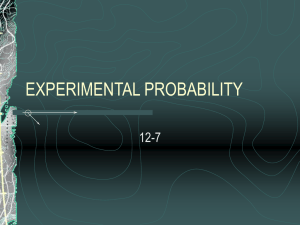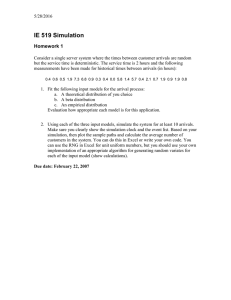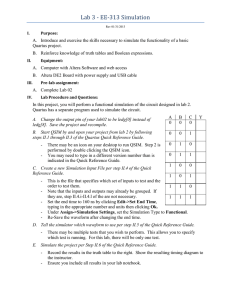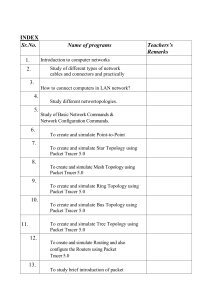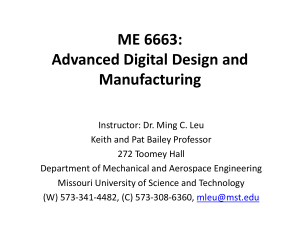Why We Don’t Know How to Simulate the Internet
advertisement
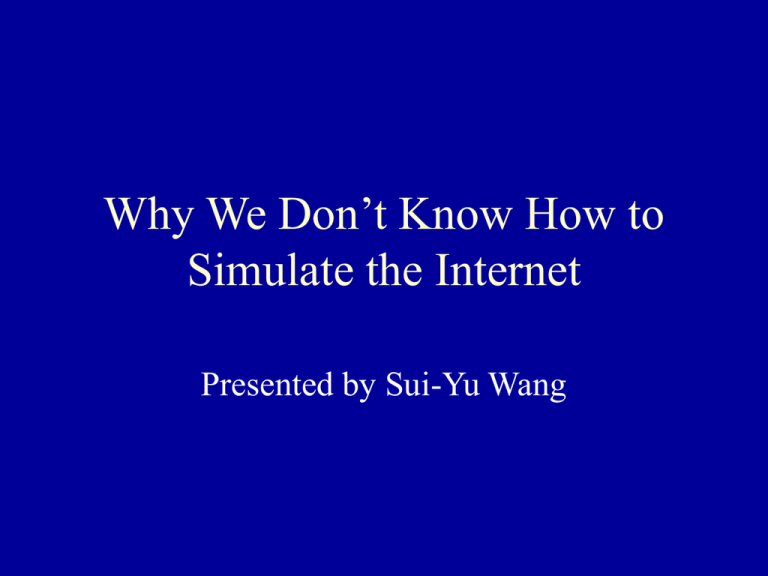
Why We Don’t Know How to Simulate the Internet Presented by Sui-Yu Wang Introduction • Explain why the network is hard to simulate: – Great heterogeneity – Rapid change • Propose strategies for developing meaningful simulation Reasons why the internet is hard to characterize • IP does not uniform behavior • The internet is too big to ignore small fraction of atypical behaviors • The internet changes in drastic way over time Heterogeneity that can not be ignored • Topology and link property – Topology is constantly changing – Entities are not necessarily willing to provide information – Bandwidth may vary – Different type of link – Dynamic routing – Asymmetric routes • Protocol difference – Different implementation Traffic Generation • Trace-driven simulation – Trace at packet level may not be reused safely – Trace at source level perform better • Characterize traffic in abstract term How the Internet might Evolve in the future • Changes in the internet might undermine result of simulation – Marketing strategies affects user and router pattern – New technology Coping Strategies • The search for invariants – Self-similarity for packet arrivals – Poisson processes for network user session – The distribution of connection sizes or duration is lognormal – Network activity distribution has heavy-tail property – Pattern of network packets generated by user typing at a keyboard has an invariant distribution • Carefully exploring the parameter space The Role of Simulation • Provides a check on the assumptions of the model and on the correctness of the analysis • Allowing exploration of complicated scenarios that would be either difficult of impossible to analyze • Address questions of internet dynamics • Examining particular aspects of proposed protocols

